Home>Gardening & Outdoor>Landscaping Ideas>What Causes White Grass
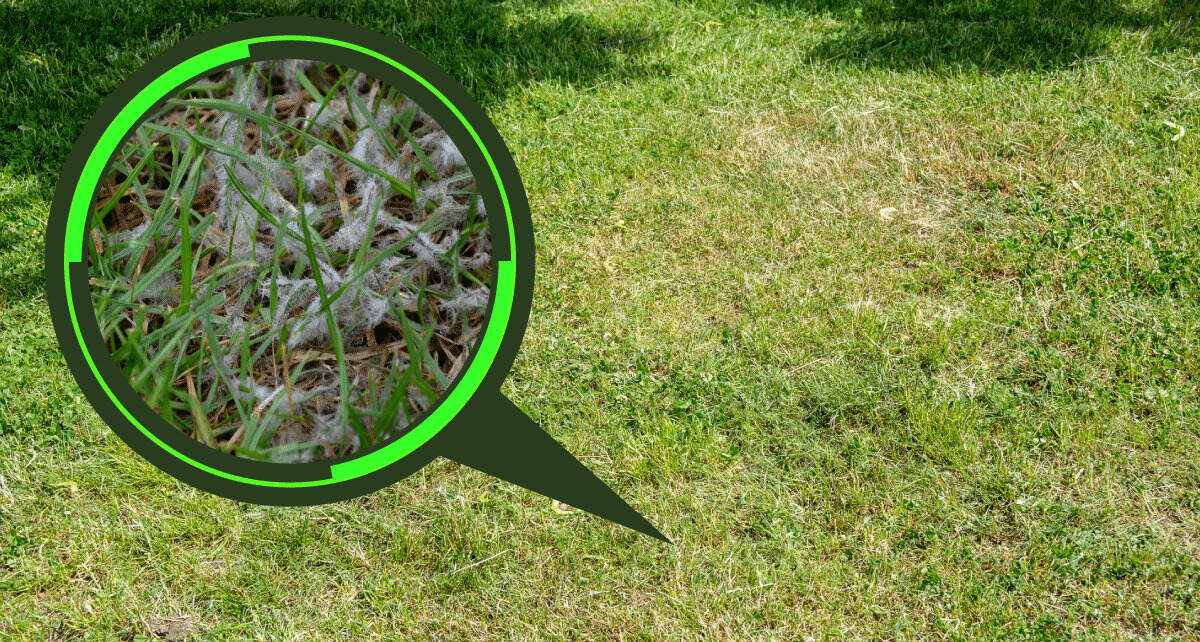

Landscaping Ideas
What Causes White Grass
Modified: February 18, 2024
Learn about the causes of white grass in your landscaping and get expert tips and ideas to restore your lawn's lush green appearance. Discover effective solutions for maintaining a vibrant and healthy lawn.
(Many of the links in this article redirect to a specific reviewed product. Your purchase of these products through affiliate links helps to generate commission for Storables.com, at no extra cost. Learn more)
Introduction
Welcome to the fascinating world of lawn care, where the color of grass can hold valuable clues about its health. While lush green lawns are the epitome of natural beauty, the sight of white patches or strands of white grass can be quite perplexing to any homeowner or landscaper. In this article, we will delve into the intriguing phenomenon of white grass, exploring the various factors that can cause grass to turn white. By understanding these causes, you will be better equipped to address and prevent this issue, ensuring the vibrancy and health of your lawn.
So, what exactly causes grass to turn white? Let’s embark on a journey of discovery to unravel the environmental, nutritional, and pathological factors that can give your grass a ghostly hue. From environmental stressors to nutrient deficiencies and fungal infections, each potential cause offers valuable insights into the complex world of lawn maintenance. By shedding light on the reasons behind white grass, we aim to empower you with the knowledge needed to nurture a verdant and thriving lawn. Let’s dig into the roots of this phenomenon and unearth the secrets of white grass.
Key Takeaways:
- Grass turns white due to factors like heat, water issues, nutrient deficiencies, and fungal infections. Understanding and addressing these causes can help maintain a healthy, green lawn.
- White grass indicates environmental, nutritional, and disease-related challenges. By taking proactive measures like proper watering and soil testing, you can prevent and treat white grass, ensuring a vibrant lawn.
Read more: What Causes Grass To Turn White
Understanding Grass Color
Grass color is a visual representation of its overall health and vitality. The lush green hue of well-maintained lawns is a result of chlorophyll, the pigment responsible for the process of photosynthesis. When grass appears white, it indicates a disruption in this natural process, often stemming from environmental, nutritional, or pathological factors.
It’s important to note that the color of grass can vary based on the specific species, climate, and maintenance practices. While some grass species naturally exhibit a lighter coloration, the presence of white patches or streaks on otherwise green grass is a cause for concern. Understanding the underlying causes of white grass requires a comprehensive analysis of the environmental conditions, nutrient levels, and potential diseases affecting the lawn.
Grass color can also be influenced by the amount of sunlight it receives, the quality of the soil, and the presence of pests or diseases. By closely observing the color variations in your lawn, you can gain valuable insights into its overall well-being. Whether it’s a subtle off-white tint or prominent white patches, the color of your grass serves as a visual indicator of its underlying health.
Now that we’ve established the significance of grass color as a barometer of lawn health, let’s explore the diverse factors that can lead to the manifestation of white grass. From environmental stressors to nutritional deficiencies and fungal infections, each potential cause offers valuable insights into the complex world of lawn maintenance. By unraveling the mysteries of white grass, we can pave the way for a greener, healthier lawn.
Environmental Causes of White Grass
The environment in which grass grows plays a significant role in determining its color and overall health. Several environmental factors can contribute to the development of white grass, signaling distress and potential damage to the lawn. One common environmental cause of white grass is excessive heat and sunlight exposure. When grass is subjected to intense heat and prolonged sunlight without adequate moisture, it can experience stress and discoloration, leading to the appearance of white patches or strands.
Moreover, water-related issues such as overwatering or underwatering can also result in white grass. Overwatering can lead to waterlogged soil, suffocating the roots and impeding the grass’s ability to absorb essential nutrients, ultimately causing it to turn white. Conversely, underwatering can lead to drought stress, causing the grass to wither and lose its natural green color, potentially manifesting as white patches across the lawn.
Additionally, soil compaction and poor drainage can contribute to white grass, as compacted soil restricts the movement of air, water, and nutrients to the grassroots. This impediment can lead to stunted growth and discoloration, culminating in the emergence of white areas within the lawn. Furthermore, the presence of certain chemicals, such as excessive fertilizer or pesticides, can also impact the grass’s color, potentially causing it to turn white as a response to chemical stress.
By understanding these environmental causes of white grass, you can take proactive measures to mitigate their effects and restore the natural vibrancy of your lawn. Implementing proper watering practices, addressing soil compaction, and carefully managing chemical applications are essential steps in maintaining a healthy and green lawn. As we continue to explore the multifaceted reasons behind white grass, we’ll delve into the role of nutritional deficiencies in shaping the color and condition of your lawn.
White grass can be caused by a variety of factors, including fungal diseases, nutrient deficiencies, or extreme weather conditions. To address the issue, consider testing the soil for nutrient imbalances and applying appropriate fungicides if necessary.
Nutritional Deficiencies
The availability of essential nutrients is paramount to the health and color of grass. Nutritional deficiencies can manifest in various ways, including the discoloration of grass and the onset of white patches or streaks. One common nutrient deficiency that can lead to white grass is a lack of nitrogen. Nitrogen is a key component in chlorophyll production, and its absence can impede the grass’s ability to maintain its natural green color, resulting in a pallid, white appearance.
Similarly, inadequate levels of iron can also contribute to the development of white grass. Iron plays a crucial role in the synthesis of chlorophyll, and its deficiency can lead to chlorosis, a condition characterized by yellowing or whitening of the grass due to the decreased production of chlorophyll. This can give the grass a white or pale appearance, signaling the need for iron supplementation to rectify the deficiency and restore the grass’s vibrant color.
Furthermore, deficiencies in other essential nutrients, such as potassium and magnesium, can impact the grass’s color and overall health, potentially leading to the manifestation of white patches or strands. These deficiencies can disrupt the metabolic processes within the grass, affecting its ability to maintain a robust green hue and leaving it susceptible to discoloration and whitening.
Addressing nutritional deficiencies requires a comprehensive understanding of the specific nutrient needs of the grass species in your lawn. Conducting soil tests and implementing targeted fertilization programs can help rectify imbalances and ensure that the grass receives the necessary nutrients to thrive. By addressing nutritional deficiencies, you can promote the development of a lush, green lawn, effectively combating the occurrence of white grass and fostering a visually appealing outdoor space.
As we continue our exploration of the factors contributing to white grass, we’ll delve into the role of disease and fungal infections in shaping the color and condition of your lawn.
Disease and Fungal Infections
Grass is susceptible to a range of diseases and fungal infections that can impact its color and overall vitality, potentially leading to the development of white patches or discoloration. One common fungal infection that can cause grass to turn white is powdery mildew. This fungal disease presents as a powdery, white substance on the grass blades, inhibiting their natural green color and compromising the overall aesthetic appeal of the lawn.
Fusarium patch, another fungal disease, can also contribute to the manifestation of white grass. This disease often appears as circular patches of white or pinkish mycelium, signaling the presence of fungal activity and the potential deterioration of the grass’s color and health. Additionally, dollar spot disease, characterized by the formation of small, white lesions on the grass blades, can lead to the whitening of affected areas, posing a threat to the lawn’s visual allure.
Furthermore, certain bacterial infections can also result in the discoloration and whitening of grass. For instance, bacterial leaf blight can cause the grass blades to exhibit white or bleached lesions, indicating the presence of the bacterial pathogen and the ensuing damage to the grass’s natural pigmentation. These infections can compromise the structural integrity of the grass, leading to white patches and a diminished overall appearance.
Addressing disease and fungal infections requires prompt identification and targeted treatment to mitigate their impact on the grass’s color and health. Implementing proper lawn maintenance practices, such as adequate aeration, proper watering, and disease-resistant grass species, can help prevent the onset and spread of these infections, preserving the lush green color of the lawn and averting the development of white patches.
By gaining insights into the role of disease and fungal infections in shaping the color and condition of your lawn, you can take proactive measures to safeguard its vibrancy and resilience. As we conclude our exploration of the causes of white grass, it becomes evident that a multifaceted approach to lawn care is essential in maintaining an enchanting, verdant landscape.
Read more: What Causes Rust In Grass
Conclusion
As we’ve delved into the intriguing phenomenon of white grass, we’ve uncovered a myriad of factors that can contribute to its manifestation, offering valuable insights into the complex world of lawn maintenance. From environmental stressors to nutritional deficiencies and disease-related challenges, the color and condition of grass serve as a visual indicator of its overall health and vitality.
Understanding the environmental causes of white grass has shed light on the impact of factors such as heat, sunlight exposure, water management, and chemical stress on the grass’s coloration. By addressing these environmental stressors and implementing proactive measures to optimize the lawn’s growing conditions, homeowners and landscapers can mitigate the development of white grass and promote a lush, green landscape.
Furthermore, the role of nutritional deficiencies in shaping the color of grass has underscored the importance of providing essential nutrients, such as nitrogen, iron, potassium, and magnesium, to support the grass’s vibrant green hue. By conducting soil tests and implementing targeted fertilization programs, individuals can address these deficiencies and foster the development of a visually appealing lawn.
Moreover, the impact of disease and fungal infections on the color and health of grass has highlighted the need for vigilant monitoring and prompt treatment to combat these challenges. By implementing effective disease management strategies and prioritizing disease-resistant grass species, homeowners and landscapers can safeguard the lawn against the onset and spread of infections that can lead to the whitening of grass.
In conclusion, the presence of white grass serves as a compelling indicator of the intricate interplay between environmental, nutritional, and pathological factors in shaping the color and vitality of lawns. By leveraging a holistic approach to lawn care, incorporating best practices for environmental management, nutrient supplementation, and disease prevention, individuals can nurture a vibrant, thriving landscape that exudes natural beauty and charm.
As you embark on your journey to cultivate and maintain a captivating lawn, may the insights gleaned from our exploration guide you in preserving the verdant allure of your outdoor oasis, ensuring that white grass remains a rare sight in your lush, green expanse.
Frequently Asked Questions about What Causes White Grass
Was this page helpful?
At Storables.com, we guarantee accurate and reliable information. Our content, validated by Expert Board Contributors, is crafted following stringent Editorial Policies. We're committed to providing you with well-researched, expert-backed insights for all your informational needs.
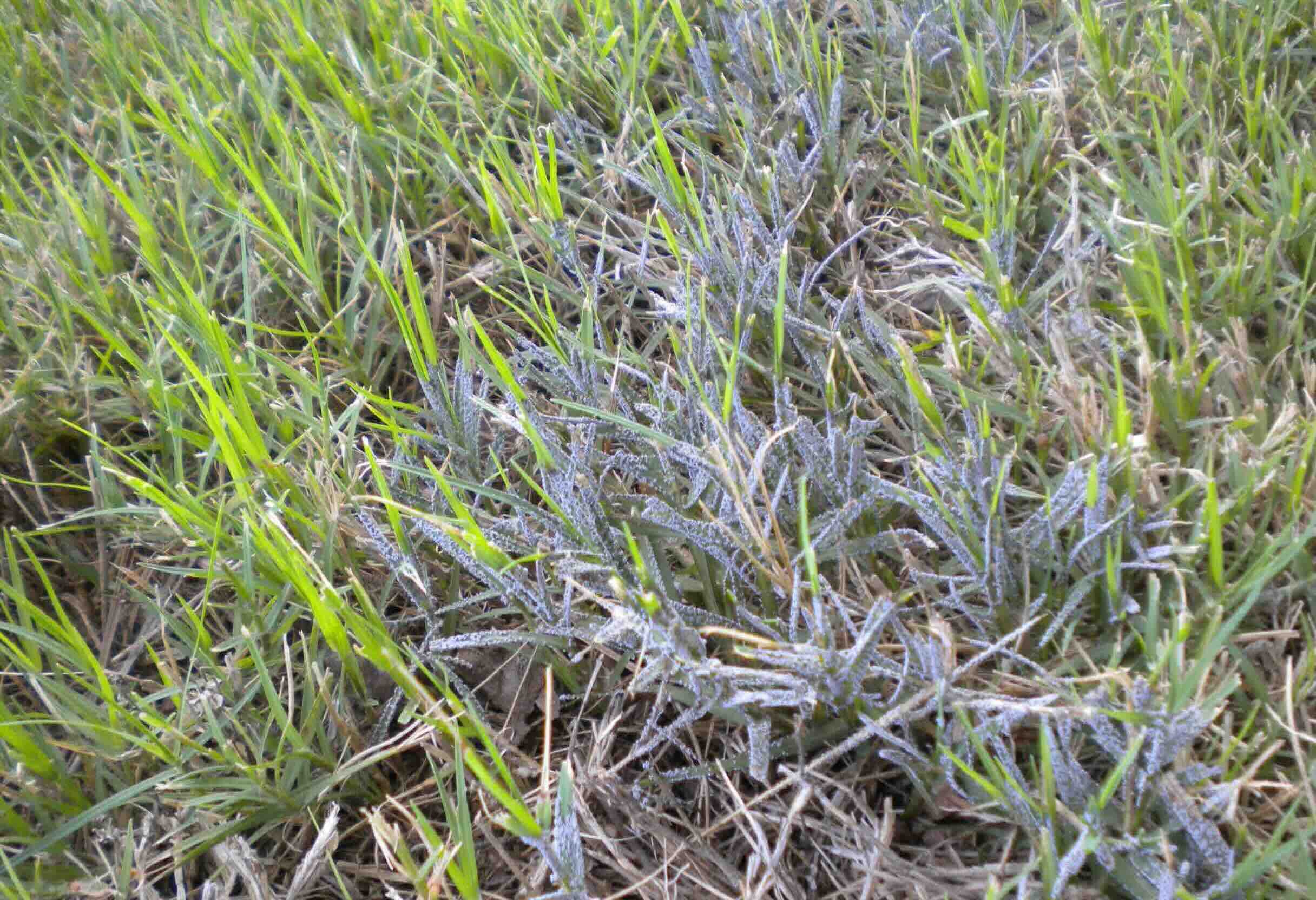
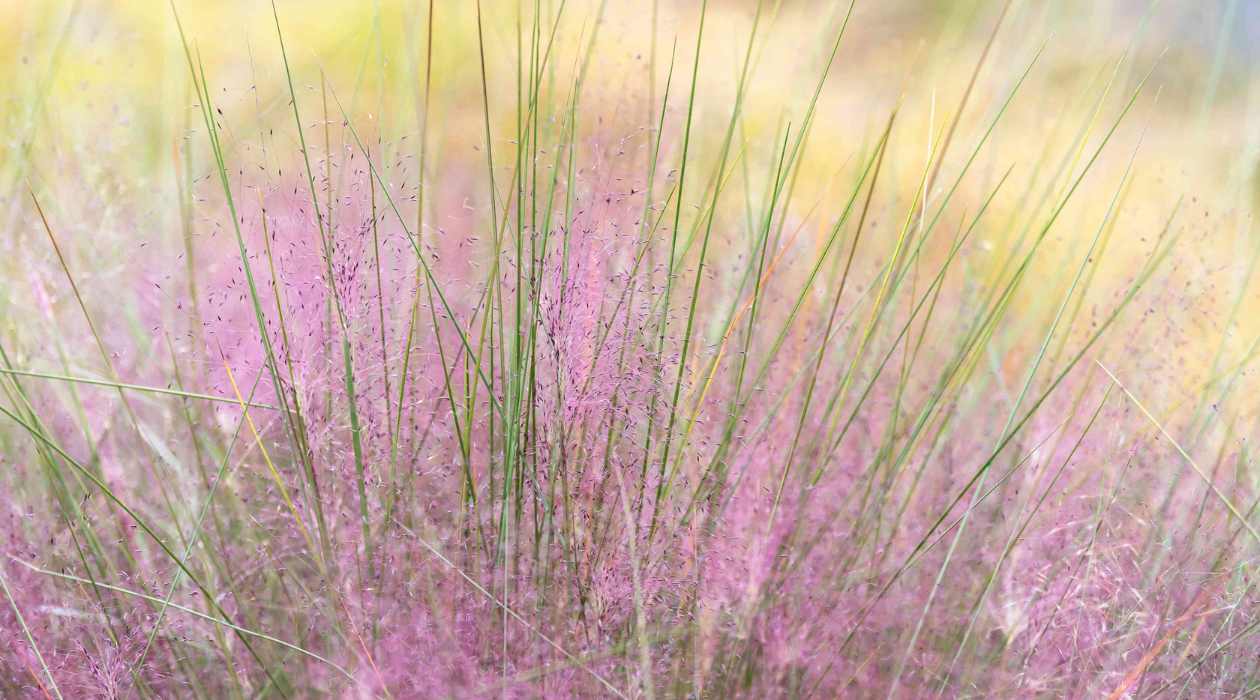
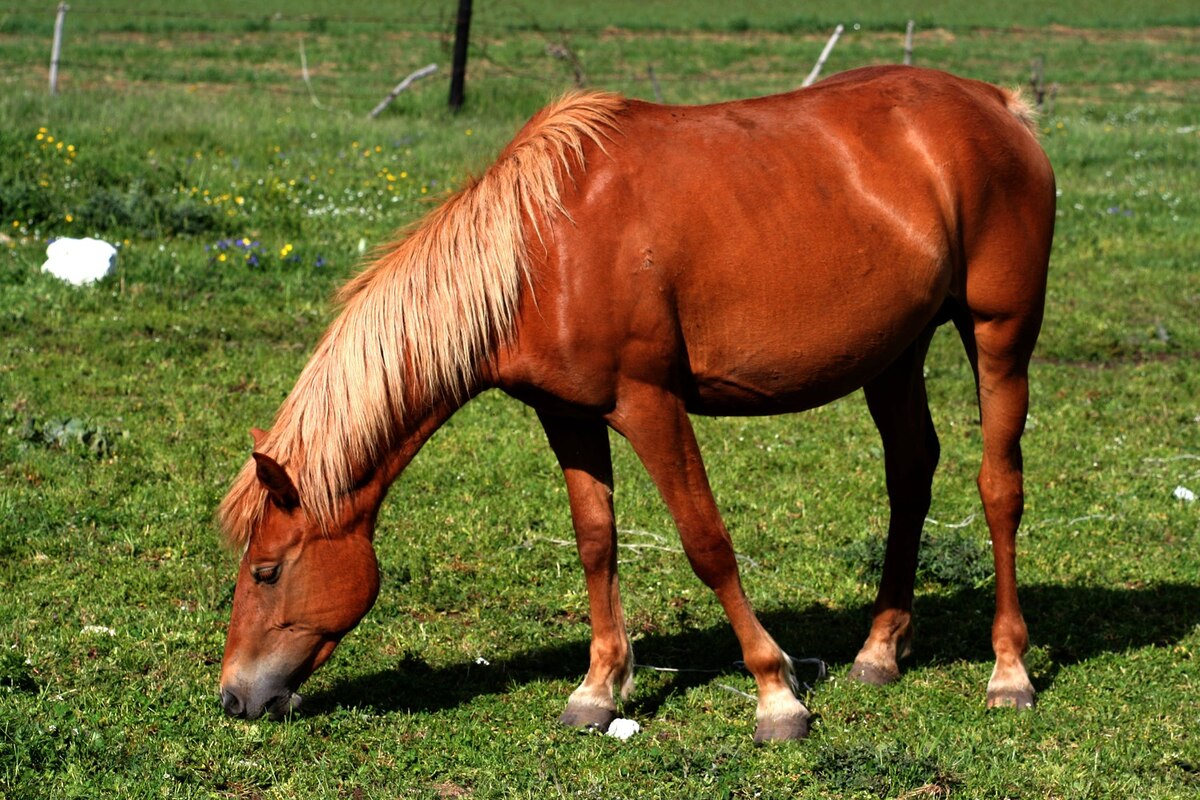
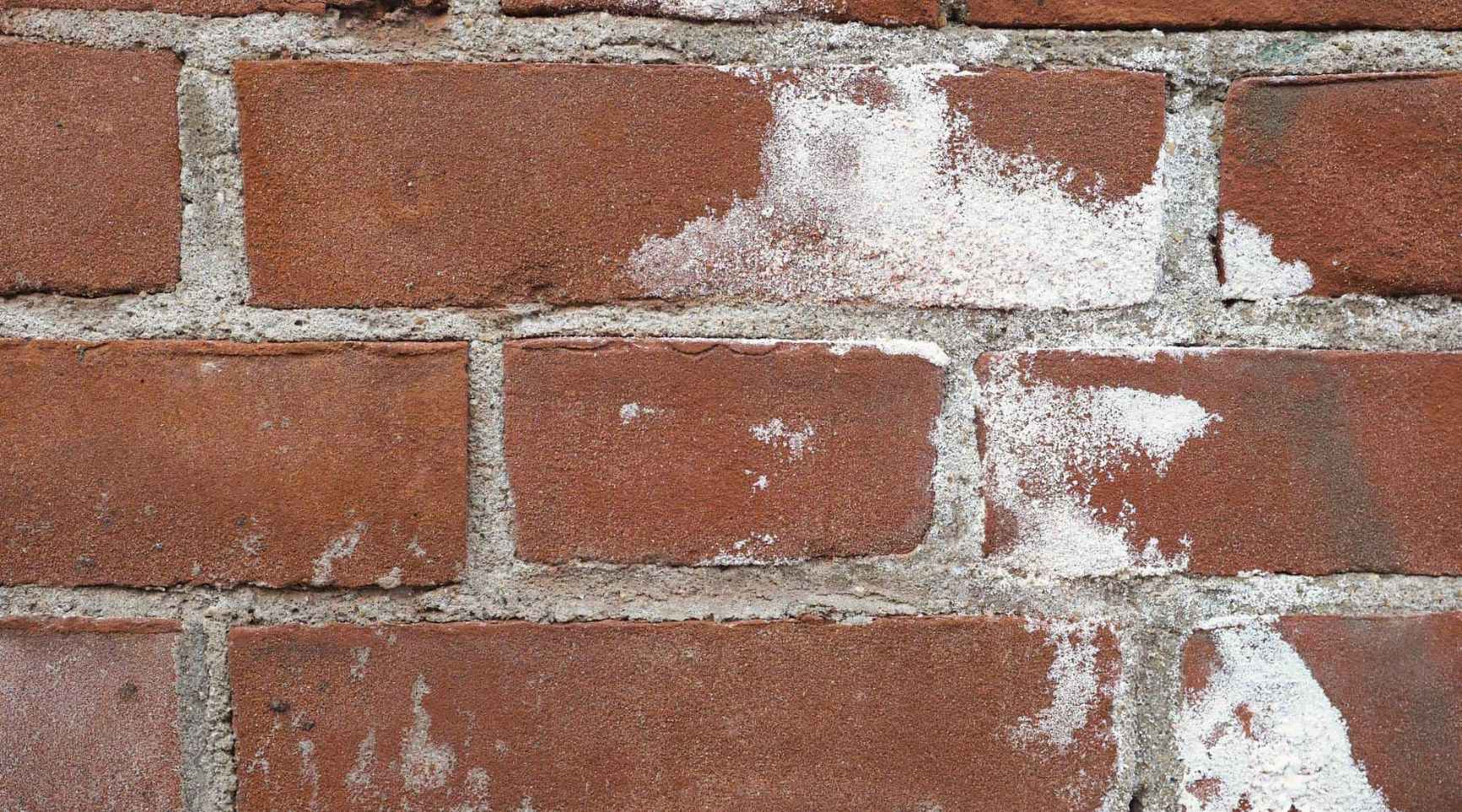
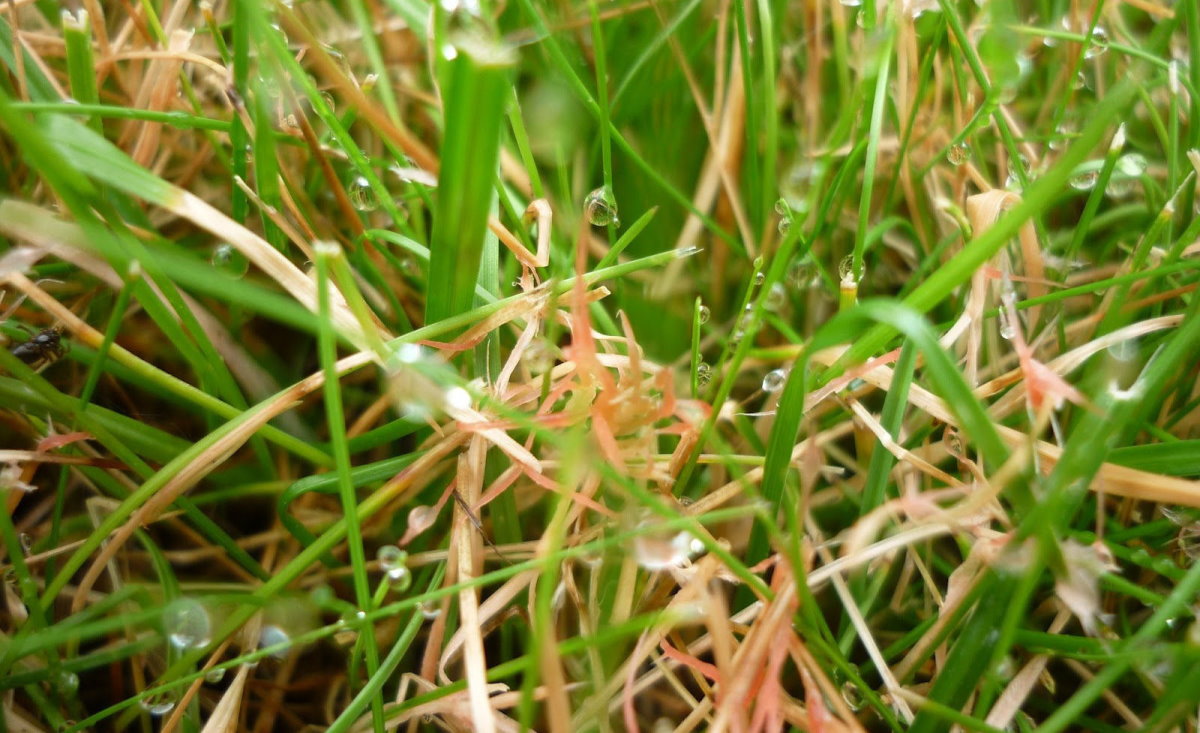
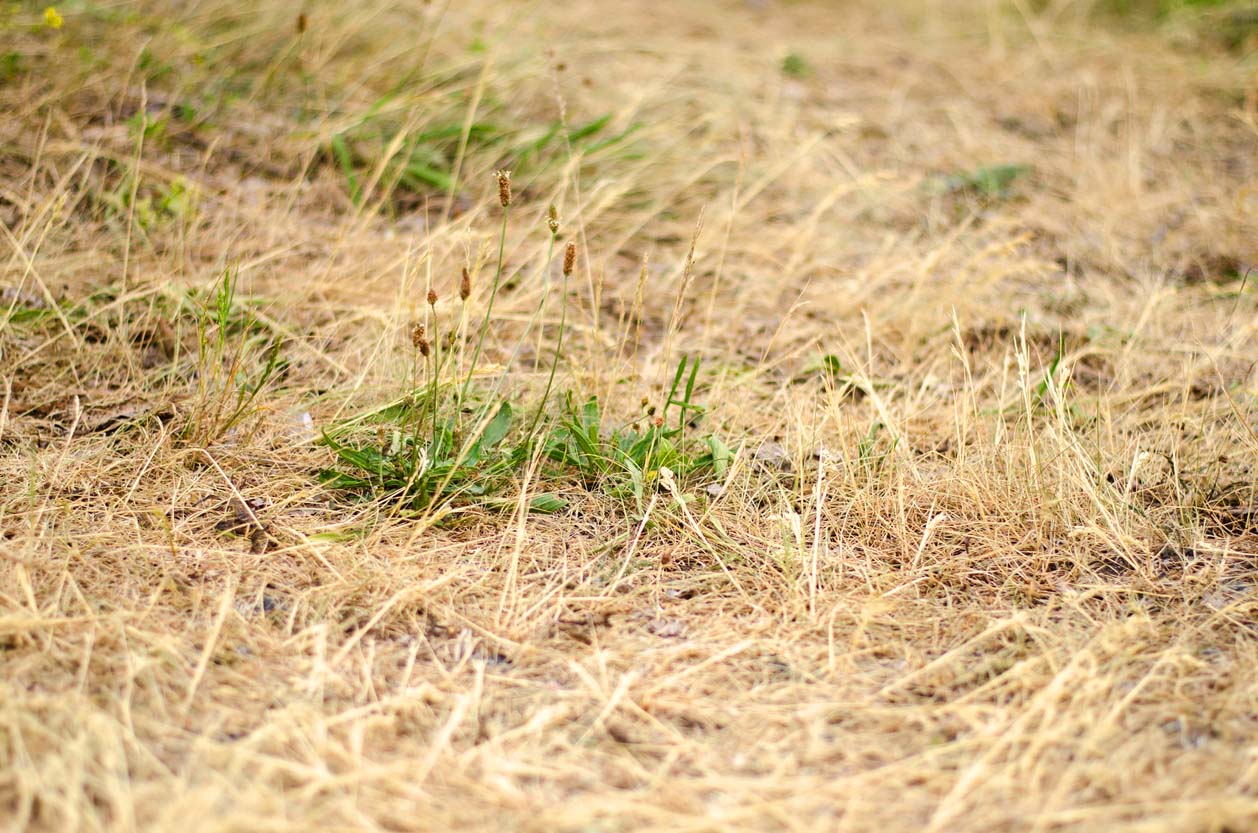
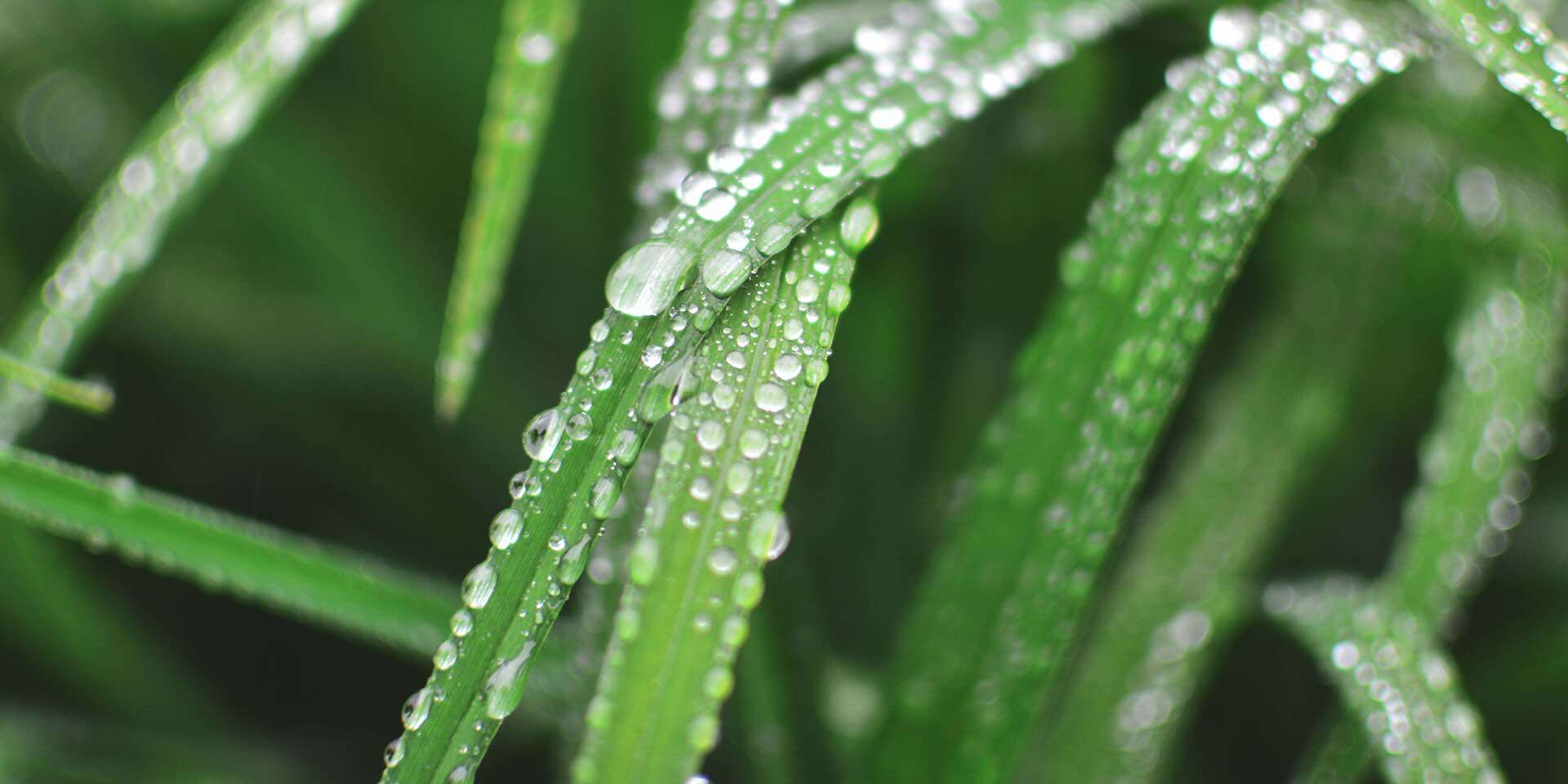
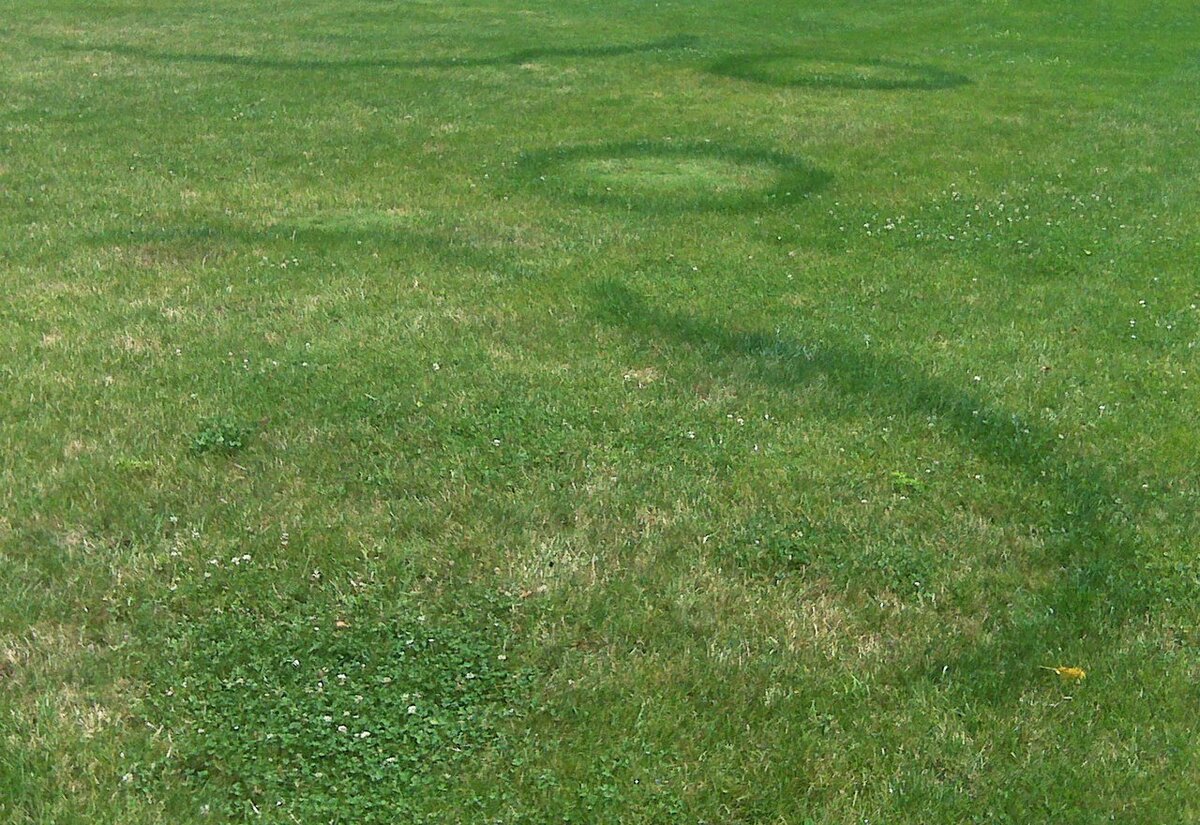
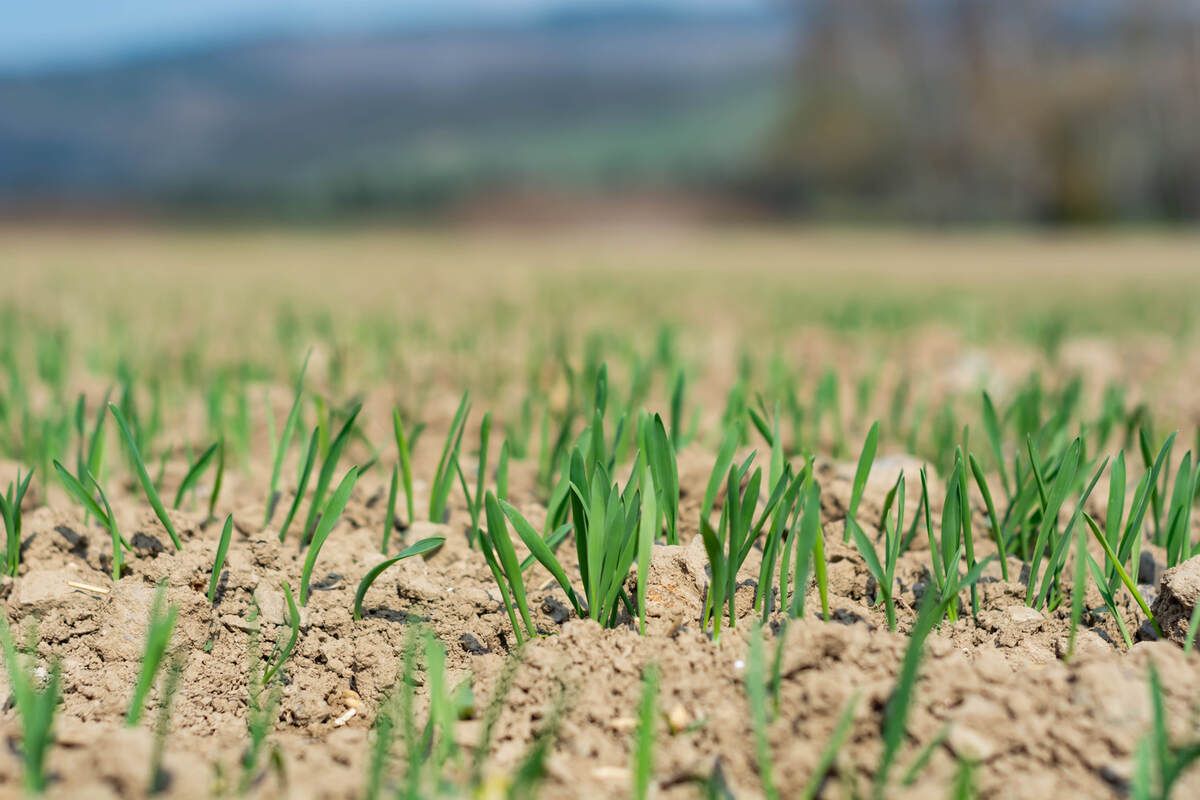
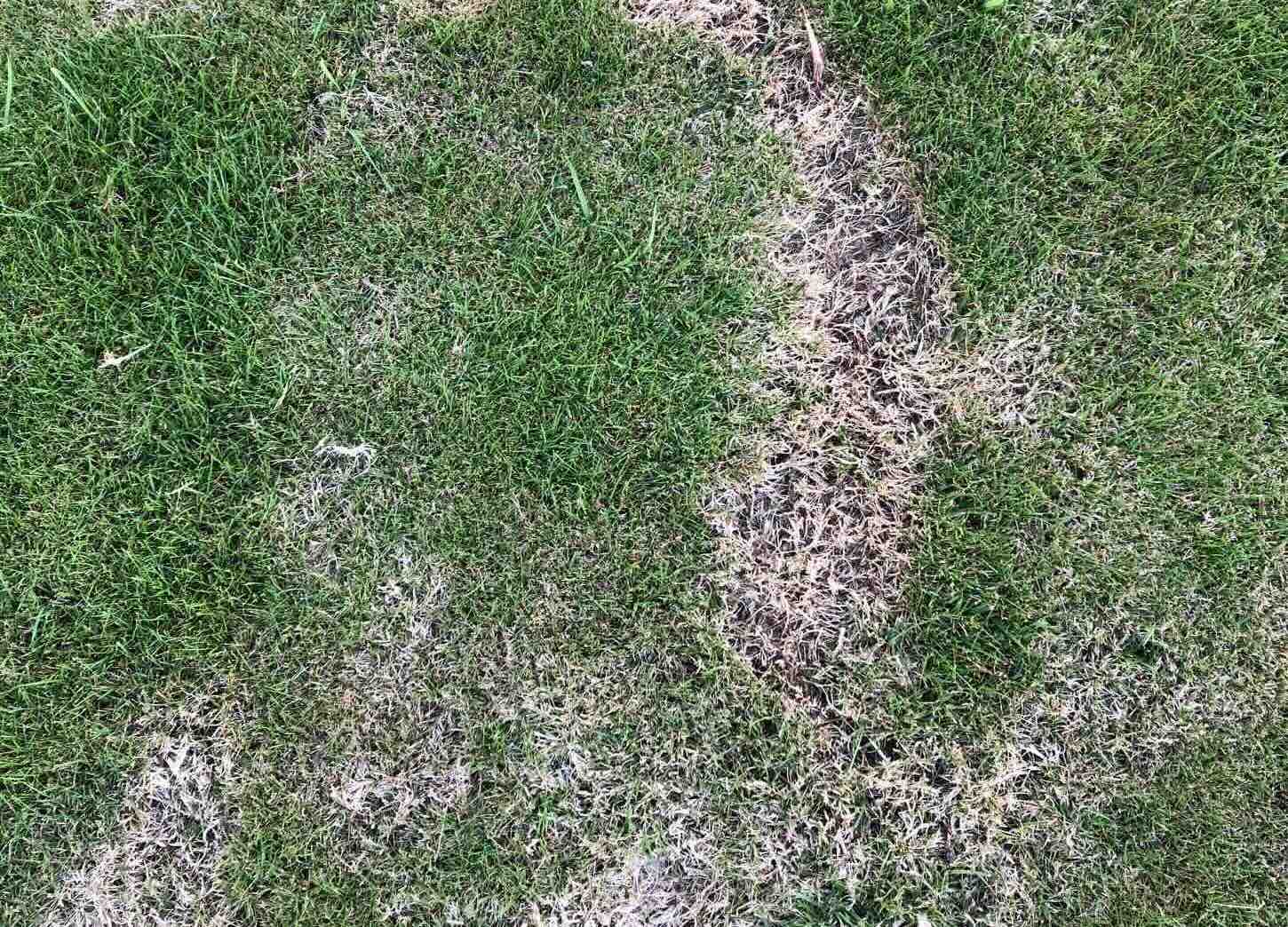
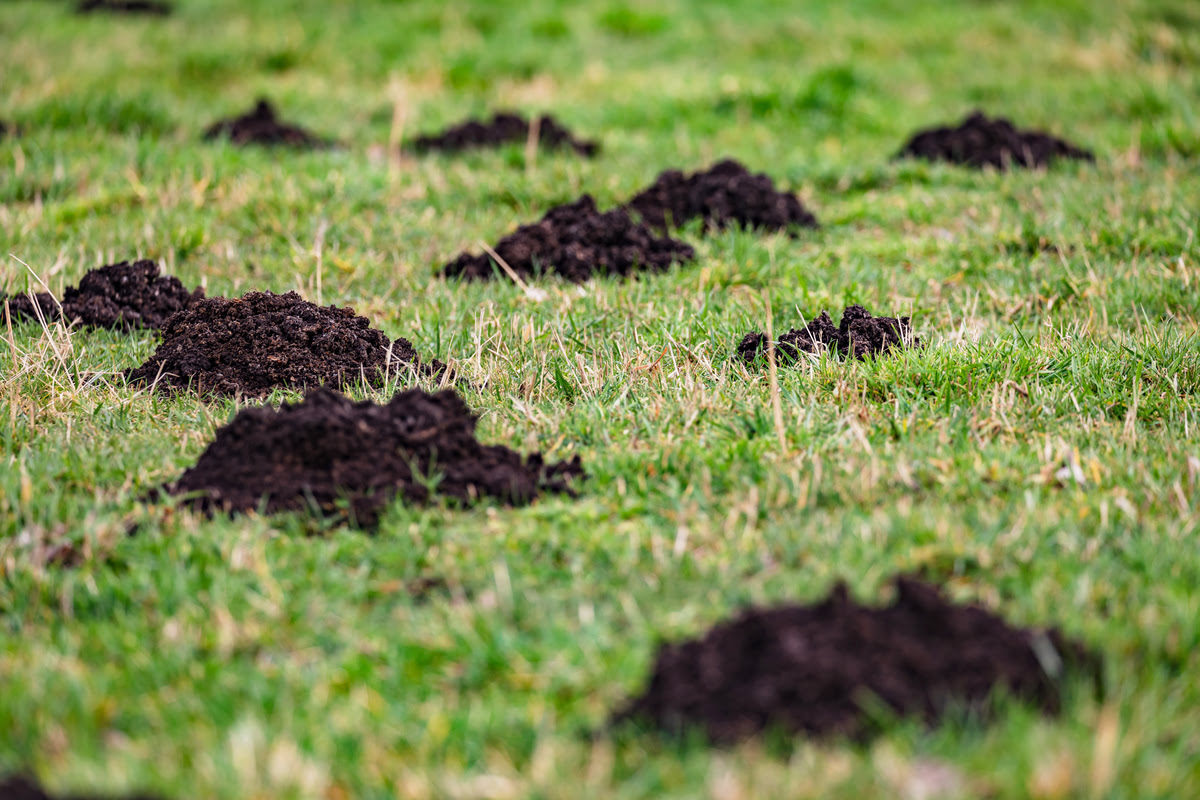
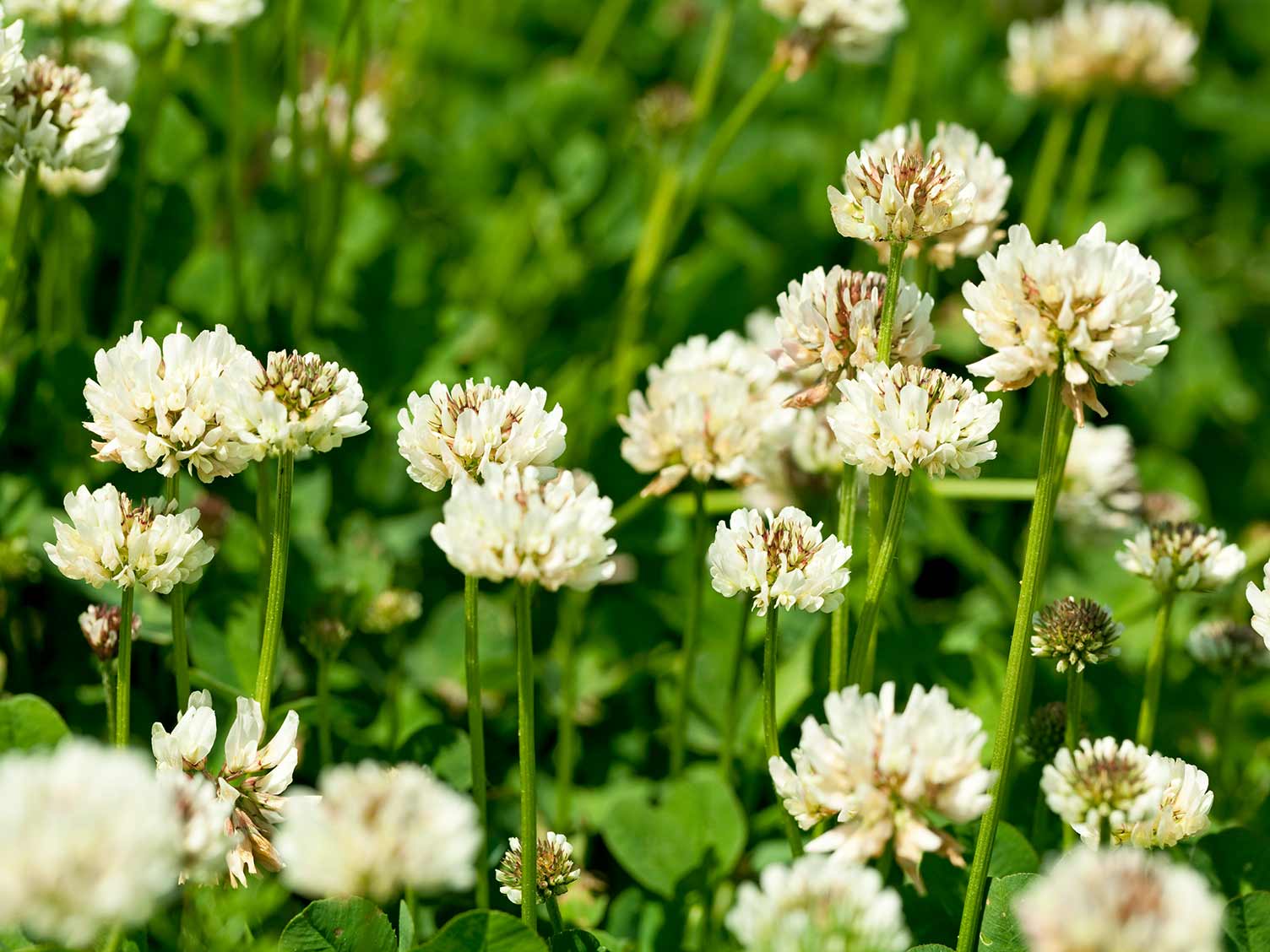
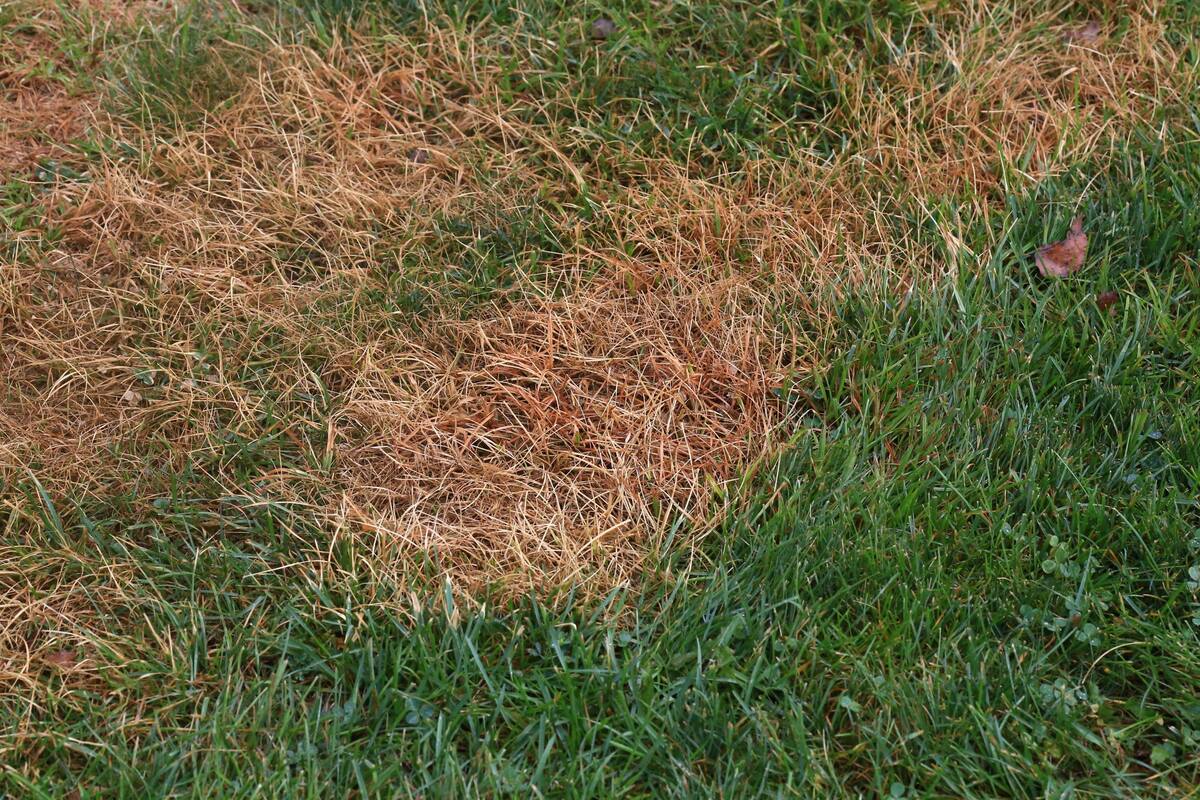
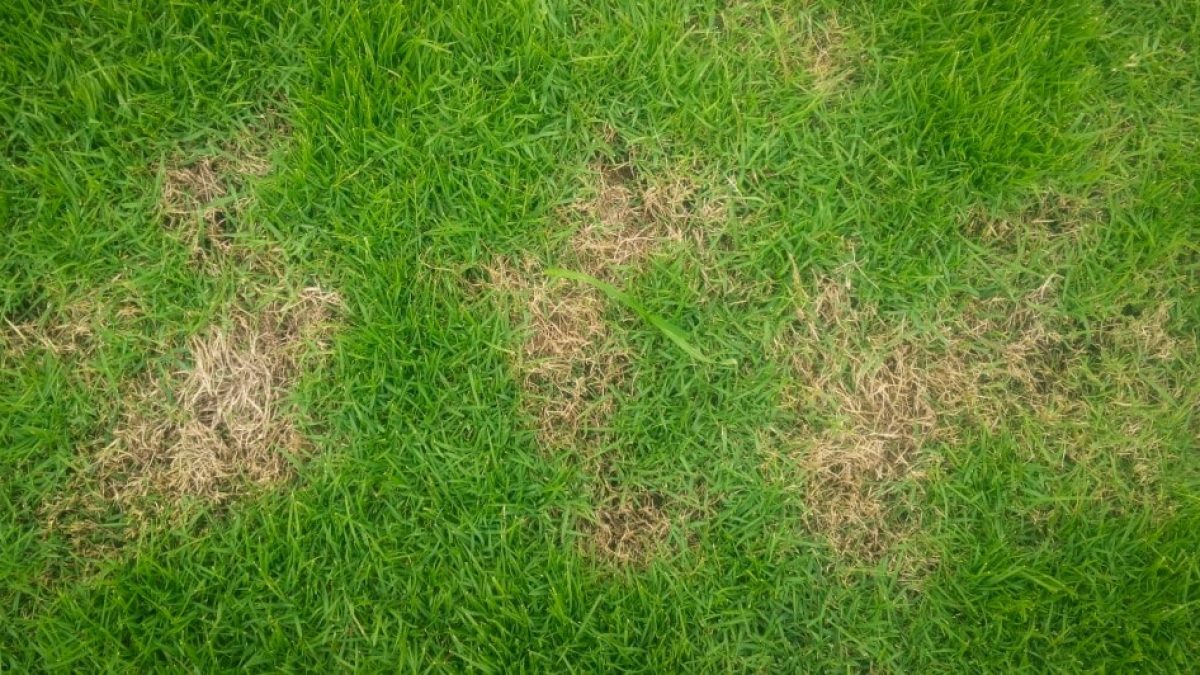

0 thoughts on “What Causes White Grass”